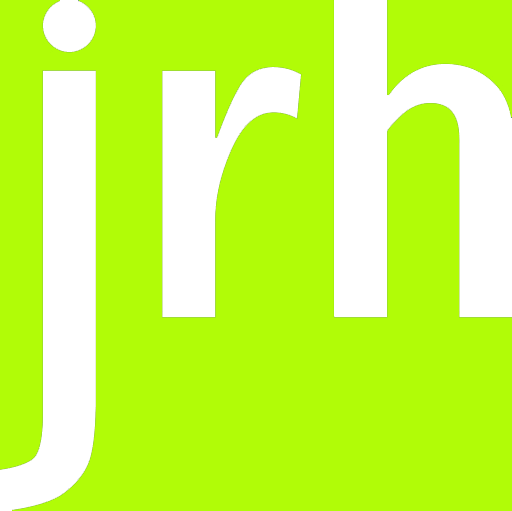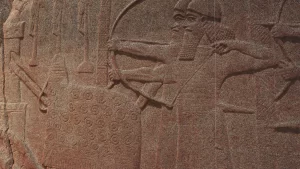The Getty Museum Assyrian Tablet Photogrammetry Scans

The Getty Museum Assyrian Tablet Photogrammetry Scans
One of my last pre-lockdown adventures in March 2020 involved capturing the essence of two ancient Assyrian tablets at the Getty Villa through photogrammetry reconstruction. Picture this: a misty day, the Getty Villa closed to the public, and my wife and I were escorted through an underground passageway by Eric Bertoli. It felt like a bit of magic.
Having grown up visiting the Getty Villa, I’ve always had a deep appreciation for its architecture, artifacts, and the art gracing its halls. Photographing those tablets turned out to be a standout moment in my photogrammetry journey.
The challenge? No ladders were allowed, and I had to work with existing room lighting. Without a ladder, the tablet tops risked losing data points, while the limited lighting meant embracing long exposures. Armed with my trusty Sony A7Rii and Zeiss lenses – a 24mm and a 50mm – both sharp and reliable, I navigated the constraints. Shooting at ISO 200 with an f-stop of 5.6, I brought those ancient tablets to life in a way that truly stands out in my body of photogrammetry work.
A 360 Panorama of the Getty Museum Assyrian Tablet

The Point Density of the Solved Photogrammetry Scans




Photographing the Tablets with a Sony A7 riii and a Zeiss Batis 25 mm
The Getty Museum Assyrian Tablet Photogrammetry Scans



